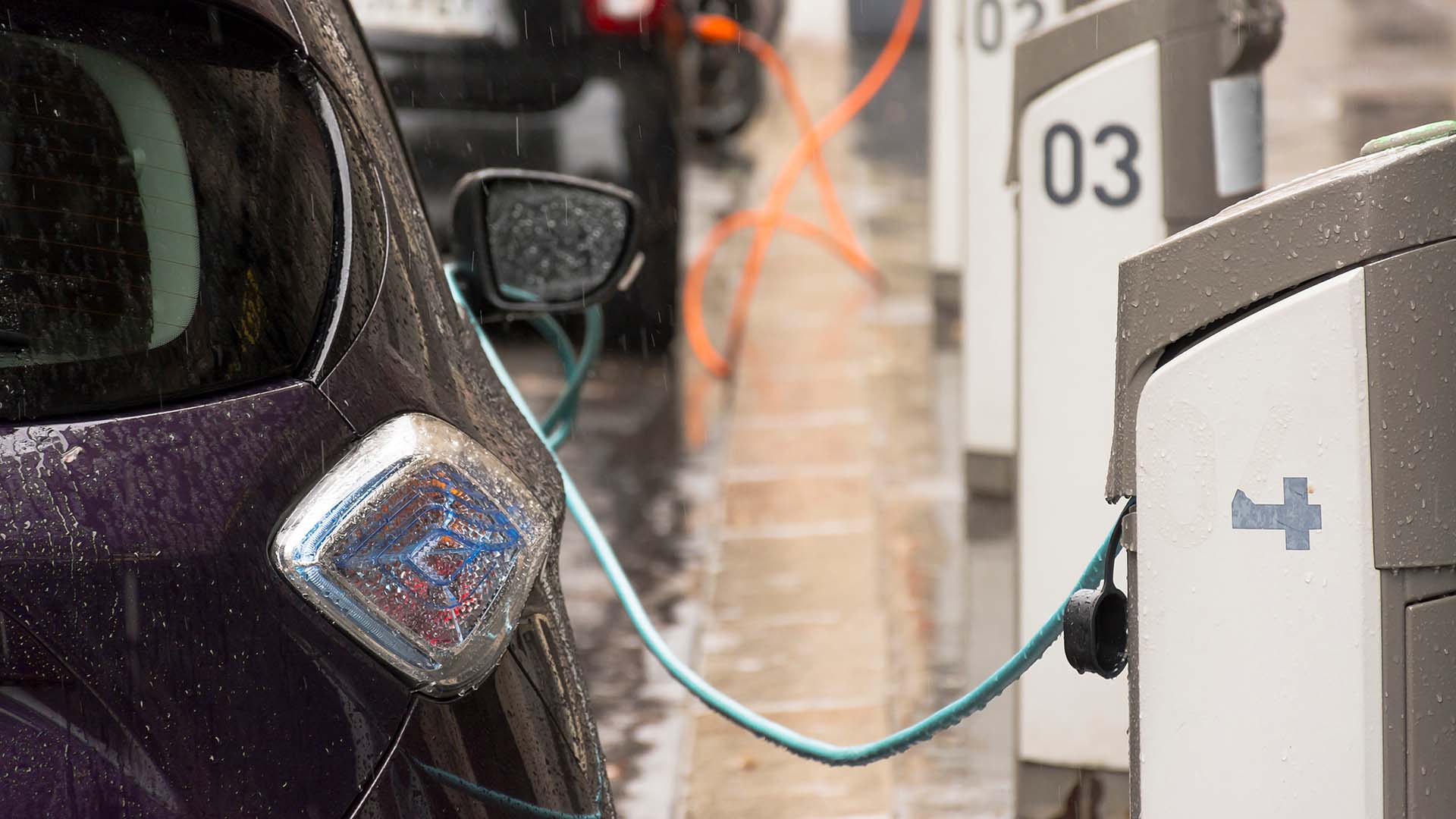Will the recent heavy rain have left EV drivers stranded? Of course not, but not everybody knows that. Back in 2019, a survey discovered that 12 percent of motorists believe an electric car cannot be driven in the rain.
Today, as EVs become ever more mainstream, we’re sure that figure is much lower. Because – spoiler alert! – you definitely CAN drive an electric vehicle in the rain. As pointed out by the charity Electrical Safety First (ESF), ‘engineers have ensured that the cars are waterproof’.
The charity continued: ‘The charging stations are also waterproof, so you will be able to charge in the rain. If in doubt, check with the manufacturer.’
Common sense is required, of course. You wouldn’t leave your windows or sunroof open in a conventional car, so don’t do it in an electric vehicle. Rainwater can damage interior fixtures, fittings, dials and switches.
An investigation by ESF into the charging habits of electric car drivers revealed some rather worrying results, though. Around three-quarters of drivers had used domestic multi-socket extension leads to charge from the mains in their home – despite them being unsuitable for outdoor use.
What’s more, more than half of the 1,500 respondents who charged using an extension lead had left cables running to their vehicle when it’s raining. This puts the owner at risk of an electric shock. The practice could also overload the domestic supply, causing a power cut or even a fire.
Driving an electric car through a flood

When it comes to driving through the flood water, the usual rules apply. That’s to say, you should never drive through a flood. Turn around and find another route. The Environment Agency warns that just 300mm of flowing water is enough to float your car.
Not that this will give Tesla chief Elon Musk too many sleepless nights. A few years ago, the new boss of Twitter tweeted: “We *def* don’t recommend this, but Model S floats well enough to turn it into a boat for short periods of time. Thrust via wheel rotation.”
When asked whether or not the electrics are waterproof, Musk said: “Drive units and battery are sealed”.
There’s evidence to suggest that an electric car will perform better than a conventional vehicle when wading through water. For example, the Jaguar I-Pace has a wading depth of 500mm and features safety systems designed to deal with a flood situation.
A spokesperson for Jaguar told the Express: “Precautions should be taken when driving through standing water in any car. However, EVs do not have an air intake, meaning the propulsion system is not affected by being immersed in water like an engine.”
For once, then, it seems electricity and water can mix.
ALSO READ:
How to drive safely in heavy rain
What is electric car preconditioning and why does it matter?

